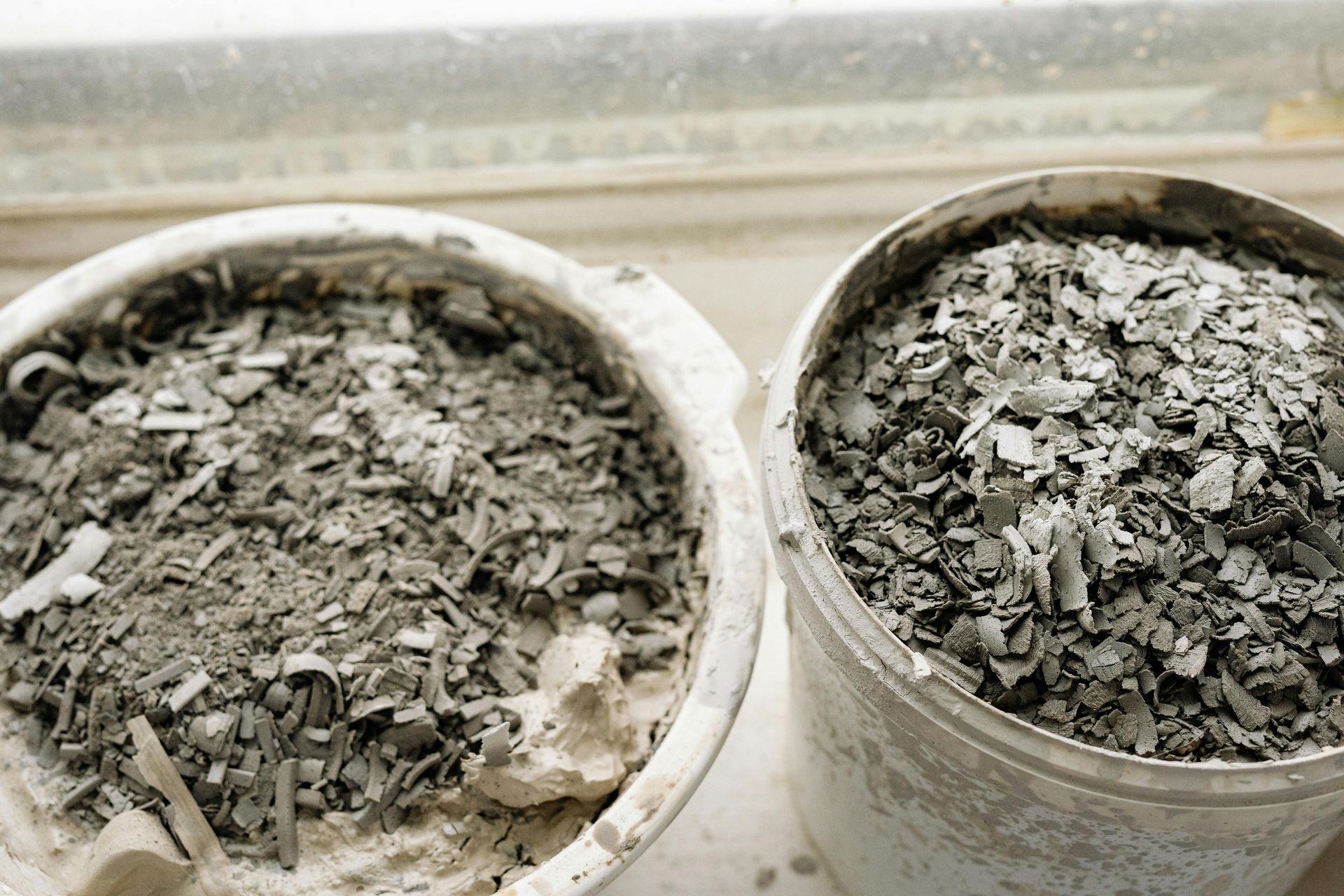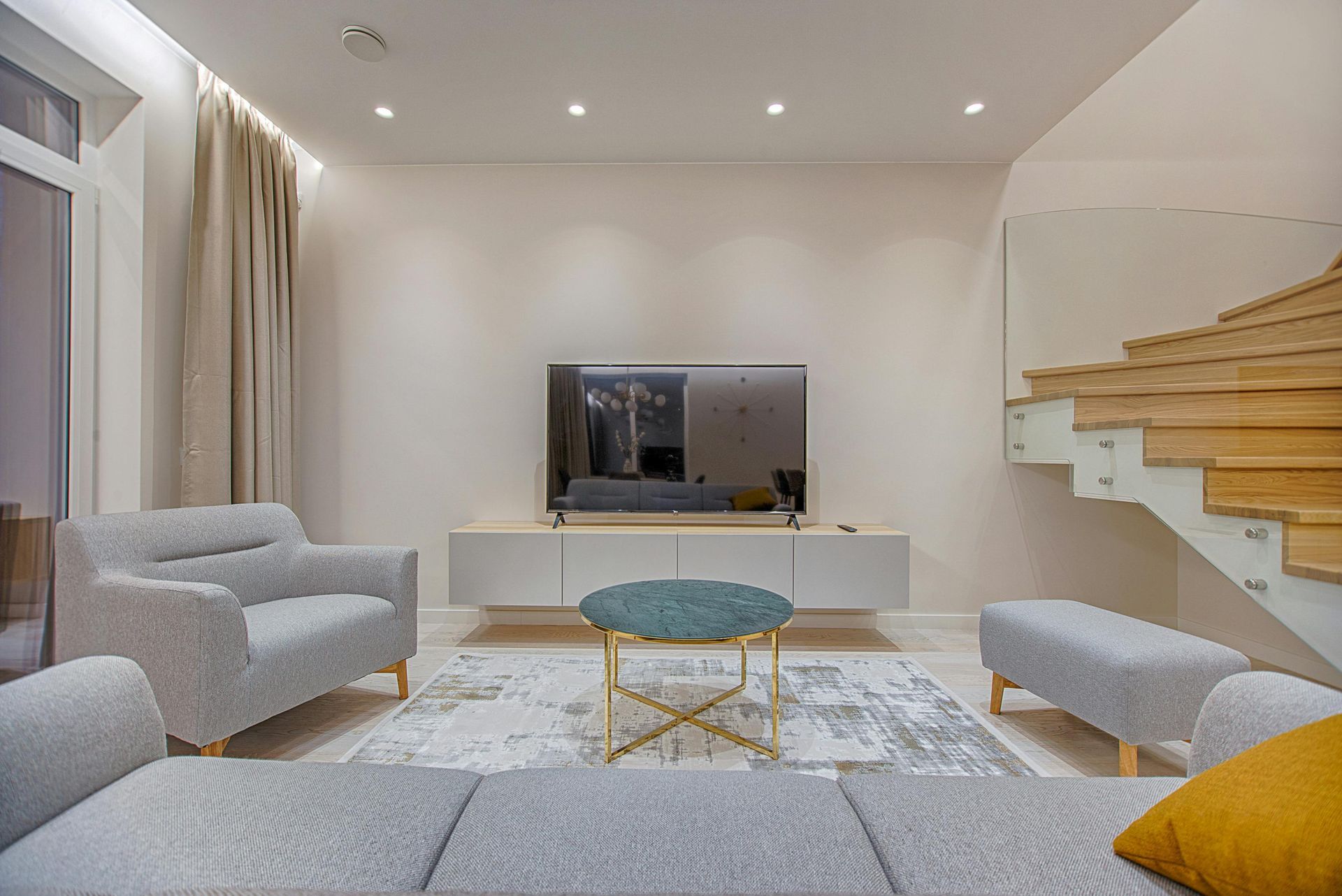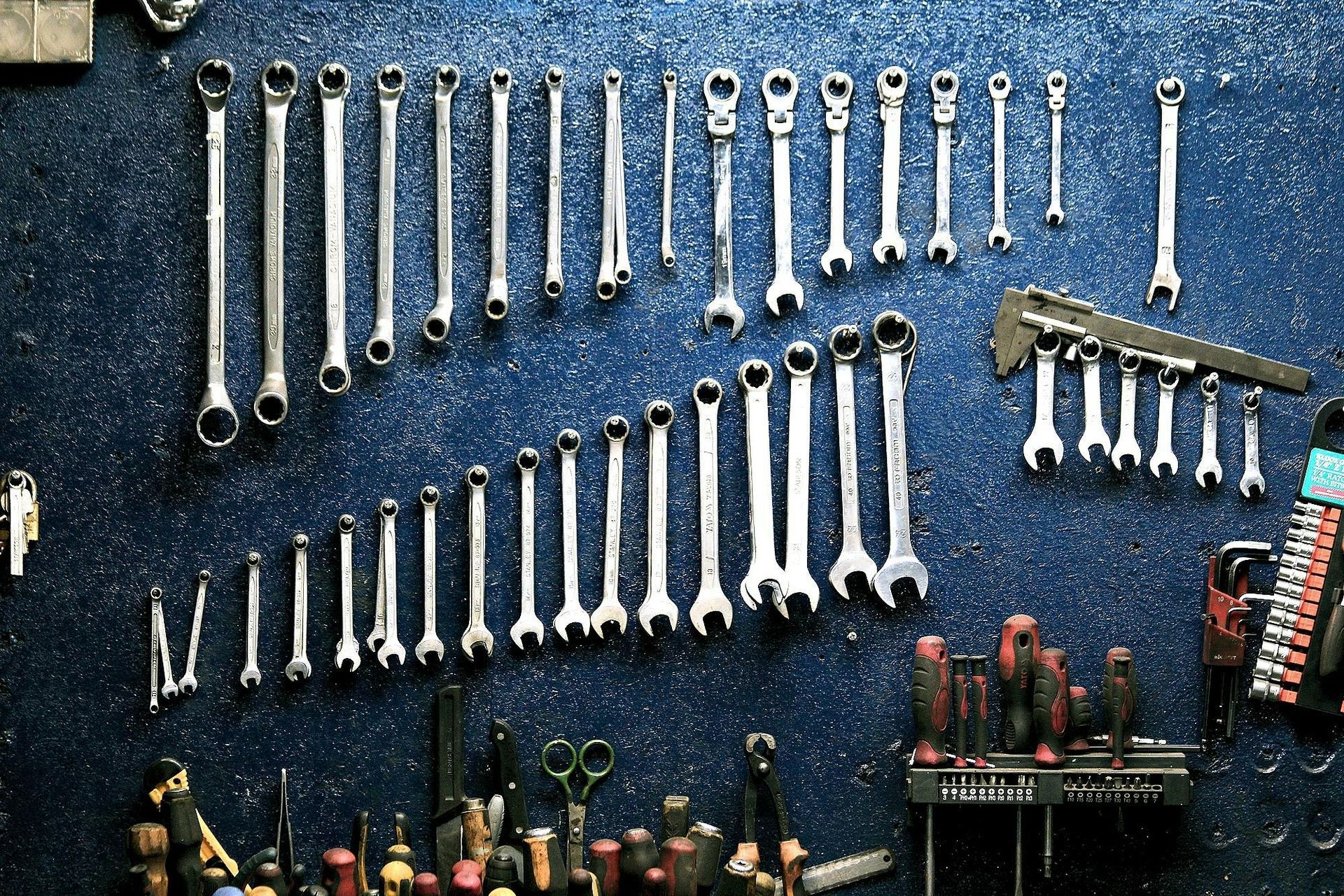How to Craft a Concrete Masterpiece
How to Craft a Concrete Masterpiece
It's not hard to see the allure of concrete. It can be molded into any shape, and it dries quickly to a hard, durable finish. But while the gravity of concrete is easy to see, the actual process of creating a masterpiece with this material can be daunting. In this comprehensive post, we will review some tips to help you plan, hire, and execute your project with ease. By the time you have read this article, you will have the confidence and knowledge you need in order to create a beautiful concrete edifice.
Crafting concrete is an art form, and it takes a skilled hand to execute it perfectly. If you're not confident in your own abilities, it would be wise to consider kicking the construction phase to a licensed concrete artisan. This is especially true if you're planning on doing anything high-level, like creating a detailed design or molding the concrete into a specific shape. But even if you're planning on a more simple construction, it's still a good idea to consult with an expert before getting started.
Assuming you're going to tackle the project yourself, the first step is to develop a plan. This will help you determine the scope of the project, as well as what materials and tools you'll need. The planning portion of the project is just as important, if not, more important than the execution phase. It is critical to verify that the plan is up to code and all permits are acquired before you break ground. Failing to adhere to local code enforced by the city (and in some areas, HOA's) can result in thousands of dollars in wasted time, product, or even legal fees. While planning, it is also critical to factor in the curing phase for concrete, as rushed projects can result in cracks and other defects which can lead to complications in the slabs latter years. Once you have a plan in place, it's time to gather your supplies.
For most projects, you'll need Portland cement, an aggregate (composed of sand or gravel), water, and reinforcement (like steel rebar). It's important to use the correct ratios when mixing these ingredients, as too much or too little of any one can result in a sub-par finished product. Once you have your materials gathered, it's time to get to work.
The process of pouring concrete is relatively straightforward, but there are a few key tips to keep in mind. First, be sure to start with a clean surface. Any debris on the ground will become embedded in the finished product, so be sure to sweep or blow away any leaves, rocks, or other materials before you begin. Second, when mixing your concrete, be sure to add water slowly and mix thoroughly. It's easy to make the mistake of adding too much water, which will weaken the finished product. Third, when pouring the concrete, be sure to use a level surface and vibrate the wet concrete to remove any air pockets. These steps seem small, but they will ensure a high-quality finished product.
Once you have poured your concrete, it's important to protect it from the elements while it dries. Concrete needs a minimum of 24 hours to cure, and during this time it should be protected from excessive heat, cold, or wind. The best way to ensure proper curing is to cover the concrete with a tarp or plastic sheeting, and then keep it moist by spraying it down with water several times a day.
After the concrete has cured, you can remove the protective covering and admire your work. With a little planning and care, you can create a beautiful and durable concrete masterpiece that will last for decades. For the savvy DIYer, this is a great option to enhance an outdoor area and create functional space. For some individuals, this type of project should be left to a licensed expert that has experience and insurance. At Pueblo Concrete, we have years of experience and proper licensure to pull any necessary permit. We can handle the heavy lifting while you sit back and enjoy the finished product. Call our crew today for a free estimate!
You might also like


